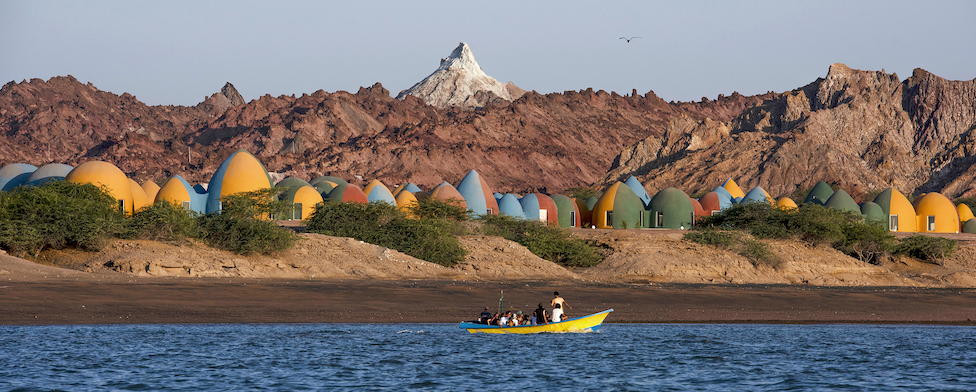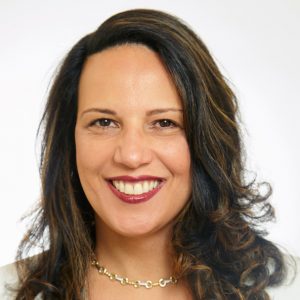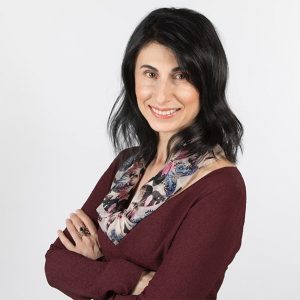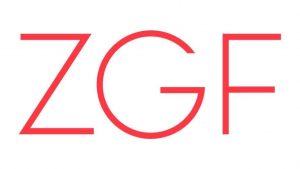
- This event has passed.
Majara Residence Case Study (J.E.D.I Voices)
June 2, 2022 @ 5:30 pm - 7:00 pm PDT

Hyper-Connected Architecture in Iran – Majara Residence Case Study (J.E.D.I Voices)
This is a virtual event. Please register using the link below.
AIALA Committee: J.E.D.I and COTE
CES Learning Units: 1 LU
This event is sponsored by ZGF
The great Iranian vernacular architecture is very little known in the west. Yet there’s a great deal to be learnt from the beauty of how it fits into the landscape and the low-tech yet sophisticated building techniques integral to its design. To a significant extent, the Iranian architecture has been based on climate, natural light, topography, local materials, and cultural/social influences. This tradition continues to be alive in many of the new urban planning and architecture projects by the contemporary Iranian Architects.
This event will feature a brief introduction to the Iranian vernacular building techniques and sustainable design strategies, followed by a case study from the Iranian-based firm of ZAV Architects, highlighting the firm’s magnificent design for Majara Residence in the Hormoz region.
Majara Residence’s planning and design aim to define the role of the built environment in its context with charismatic but sensitive natural characteristics, creating balance by protecting the natural environment while helping the local community to thrive. The project has received internationally acclaimed awards including ArchDaily’s 2021 Building of the year, Taipei International Design Award Gold Medal 2020 (TIDA), and Memar Award 2020.
REGISTER HERE
Presenters:

Mitra Memari, AIA – Partner, ZGF Architects
Born in Iran, Mitra emigrated to the U.S. as a teenager. With the last name Memari, which means architect in Farsi, one thing is clear: Mitra was born to be an architect. Through adapting to a new culture and language at a young age, she developed a passion for diversity, inclusion, and equity. In her practice and in her role as a partner, Mitra has made it her mission to create a more equitable profession that represents the communities where we live and work. Mitra’s ethics-driven approach also leverages a passion for sustainable design to create seamless, collaborative, lasting relationships across client and project teams.

Ziba Ghassemi, AIA – Vice President of Airport Design, Unibail-Rodamco-Westfield
Ziba is Vice President of Airport Design at Unibail-Rodamco-Westfield, a global developer focused on making positive social, cultural, environmental and economic contributions to users and communities. She has led the experiential design of airport terminals across the country, including LAX Bradley International, Terminals 1, 2, 3 and 6, Chicago O’Hare, and Boston Logan. Her approach to design brings local architects and experts from the private and public sector together with an internal team of multi-disciplinary experts, to foster an investigative and explorative process where smart products, technology, sustainable features and strategies for resiliency all contribute to creating a more connected transportation facility and traveler experience.

Mohammadreza Ghoddousi – Founder, ZAV Architects
Mohammadreza Ghoddousi, born 1976, is an Iranian architect who graduated from Tehran’s Shadid Beheshti University with his thesis “Six Scenarios Following the Architect” on the regeneration of the city of Khorramshahr devastated by the Iran-Iraq war during the 80s. He has work experience in architecture and urbanism in Iran, Canada and Iraq, has been responsible in developing the comprehensive plan for the cities of Khorramshar and Abadan, and has written an adaptation of the PMBOK management system for architects. He has contributed to urban and rural developments in a wide geographical span in Iran, and has taught different independent and academic design studios through the years. He is one the founders of ZAV Architects in 2006, and along with his colleagues they seek urban, economic and social agency through architecture, with a research- and process-based approach to design. In order to attain social optimum in a developing economy their solution is incorporating architecture take in the GDP. Some of their acclaimed projects are Presence in Hormuz, Farshfilm, Habitat for Orphan Girls, Nabshi Gallery, Cheshm Charan, and Pedari Guesthouse among others, which have won various national and international awards, including: multiple wins in the prominent Iranian architecture award of Memar, selected project of the New York Times in 2009, selected office from Iran in the London Festival of Architecture in 2014, two honorable mentions in Fritz Hoeger Award in 2017, winner of AR House awards, two wins in Architizer A+Awards in Community and Humanitarianism categories, award for Affordable Housing at WAN Awards in 2018, Cultural Building of the year at Dezeen Awards, Highly Commended Villa at WAF, shortlisted for Colour in Architecture at WAN Awards in 2019, Gold Medal (first prize) and Distinction (honorable mention) in Taipei International Design Award, finalist in the Tamayouz Award for the architectural personality of the year in the Middle East in 2020, and ArchDaily Building of the Year 2021.

Fereshteh Assadzadeh Sheikhjani – Design Collaborator & Writer, ZAV Architects
Fereshteh Assadzadeh Sheikhjani, born in 1991 and currently based in Tehran, studied architecture at Central-Tehran Azad University and works as an architect, writer, production designer and documentary filmmaker, and is a tireless walker when it comes to urban environments. She is interested in employing various text- and image-based mediums as means of understanding the city. In addition to winning design and idea competitions, she has been featured in different international publications and exhibitions. She has contributed to several issues of Memar magazine, the leading architecture magazine of Iran, as a member of the editorial board and writer. Her projects include Subversive Tehran (2015), The House Tehran Is Talking About (2016), Islands of Otherness: Archipelago Istanbul (2016), The Story of a Genius Loci (2018), and Roomless (2021). Recently she has founded Conj-Cave (literally meaning “corner-digger” in Farsi but translating to “curious”), a small spaceship with the mission of digging the corners of the city and space. Fereshteh collaborates with ZAV both as a designer and writer.
Learning Objectives:
+ Participants will learn about climate-based and passive design strategies used in vernacular Iranian architecture.
+ Participants will identify the environmental and social impacts of using local materials and crafts, and context-based scaling of a project on its success.
+ Participants will find out how traditional building techniques could be modernized and used in contemporary designs.
+ Participants will discover ways to engage and empower community members and involve them in the development of a project’s vision and its construction.
Event Sponsored by:








